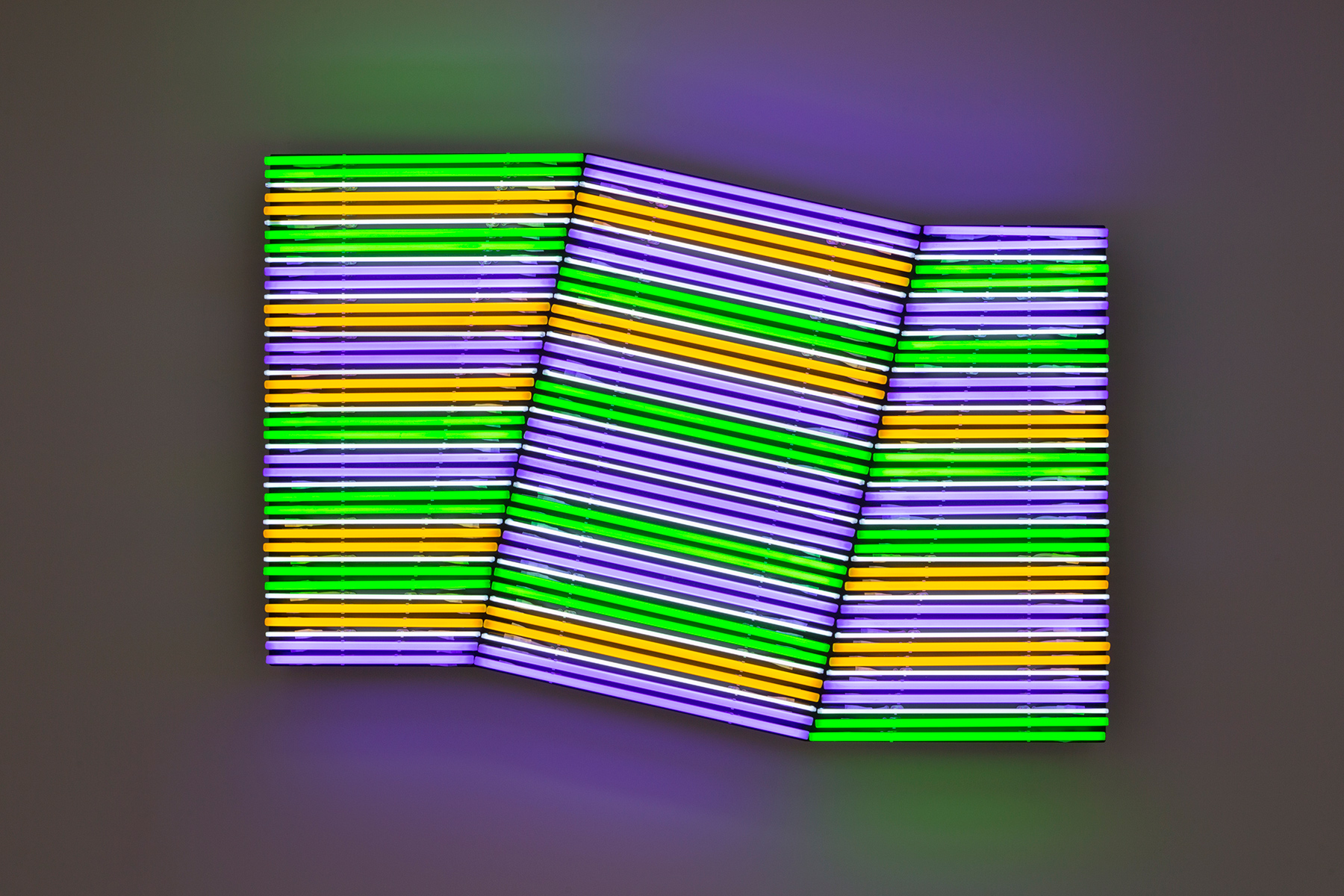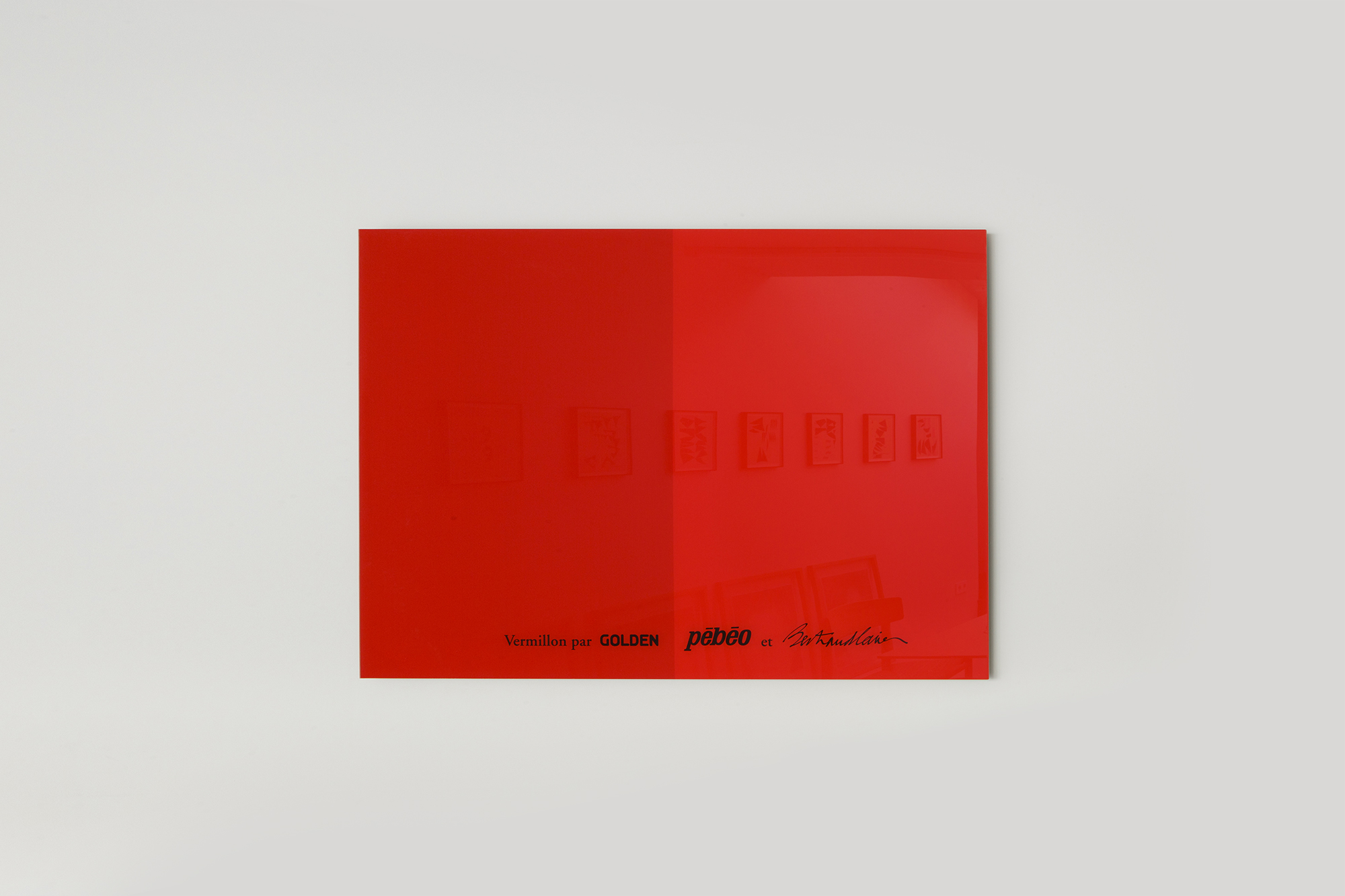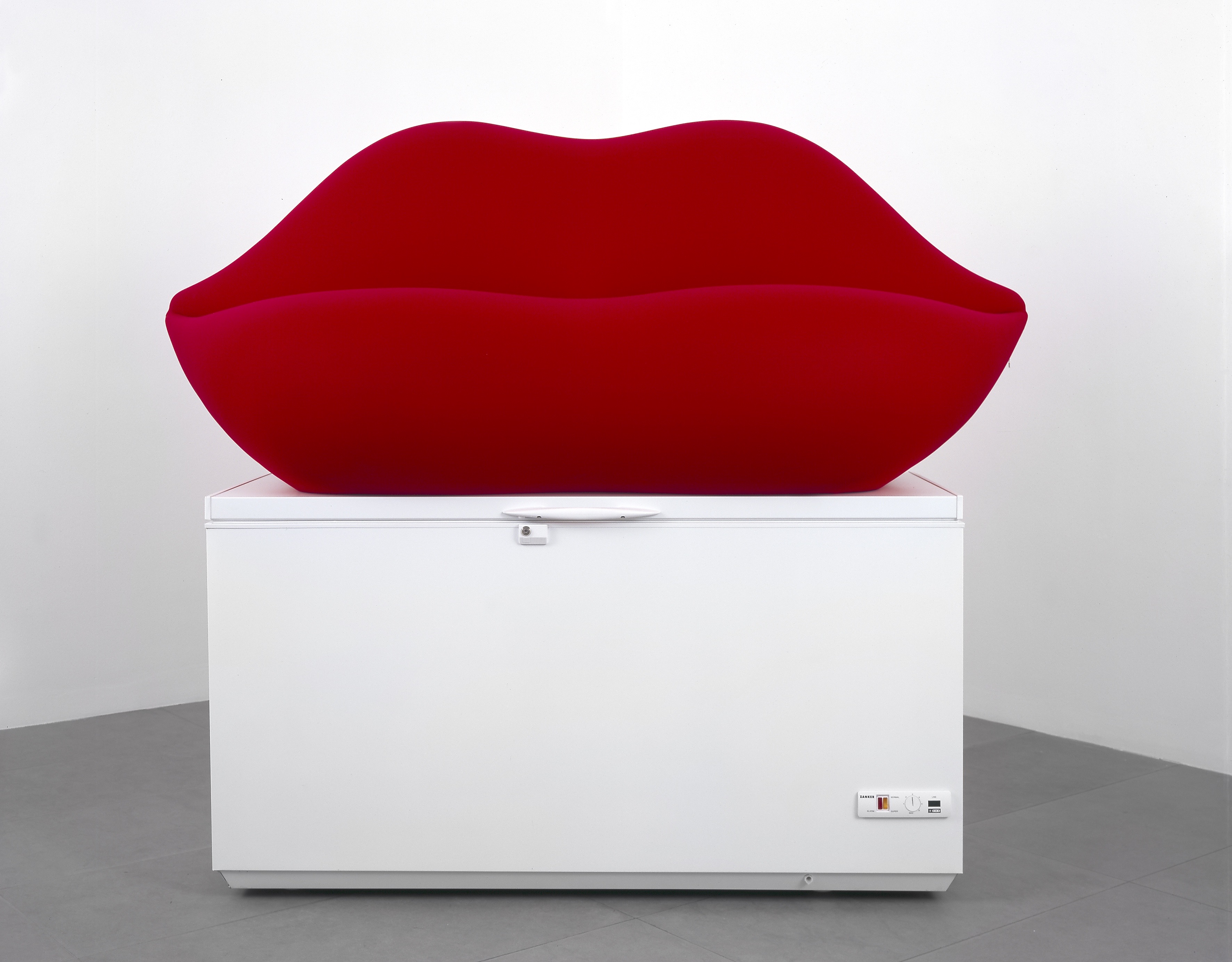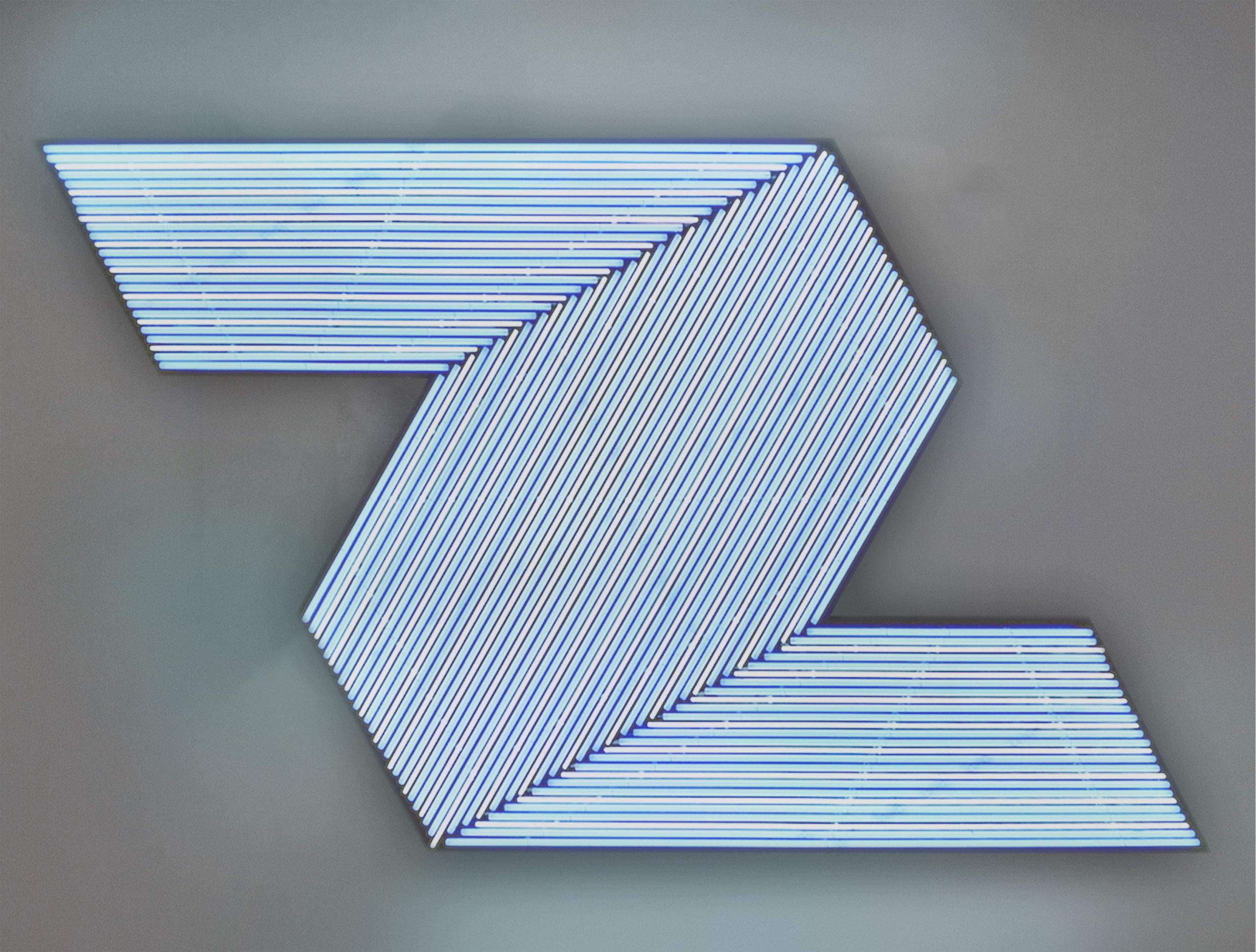Bertrand Lavier

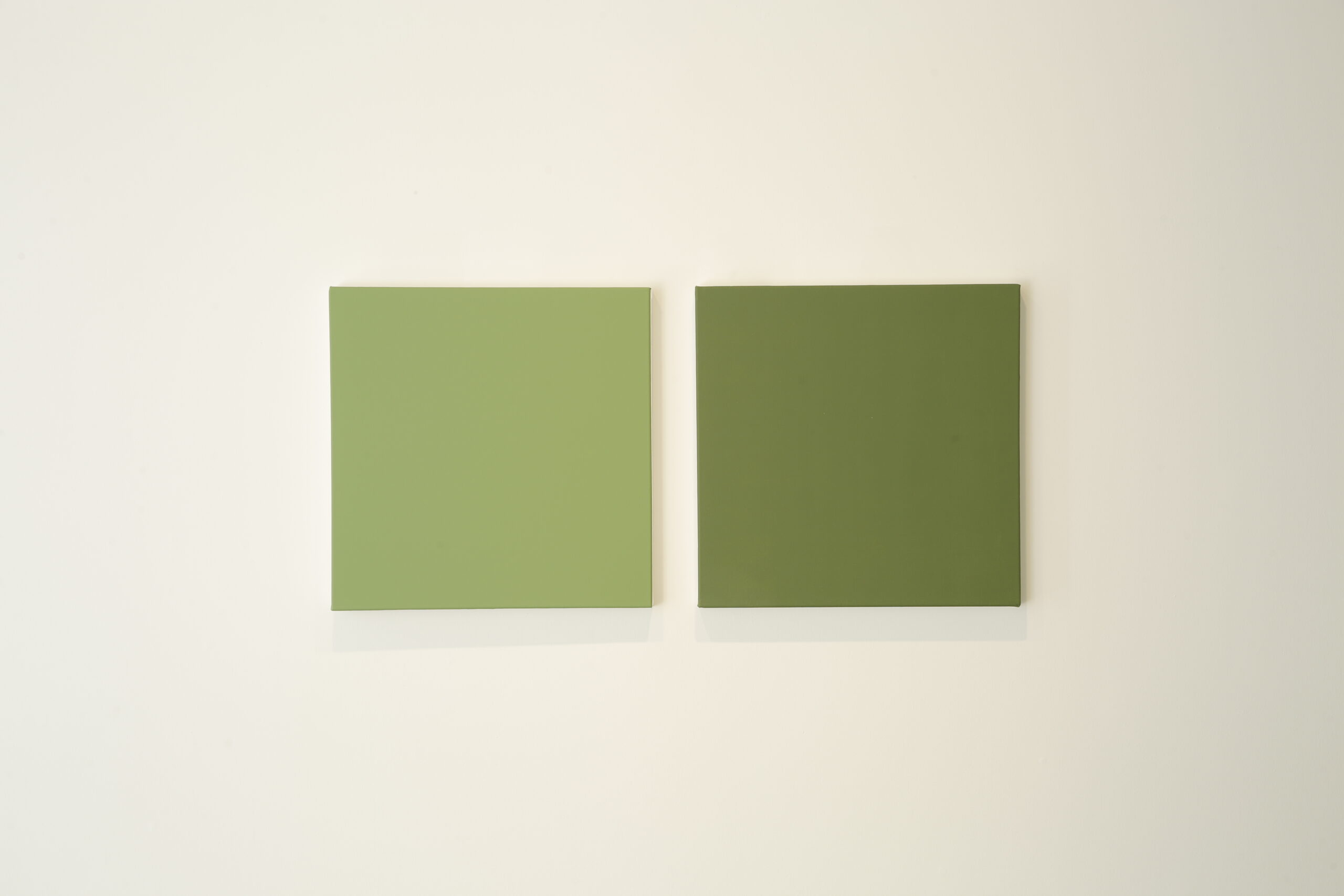
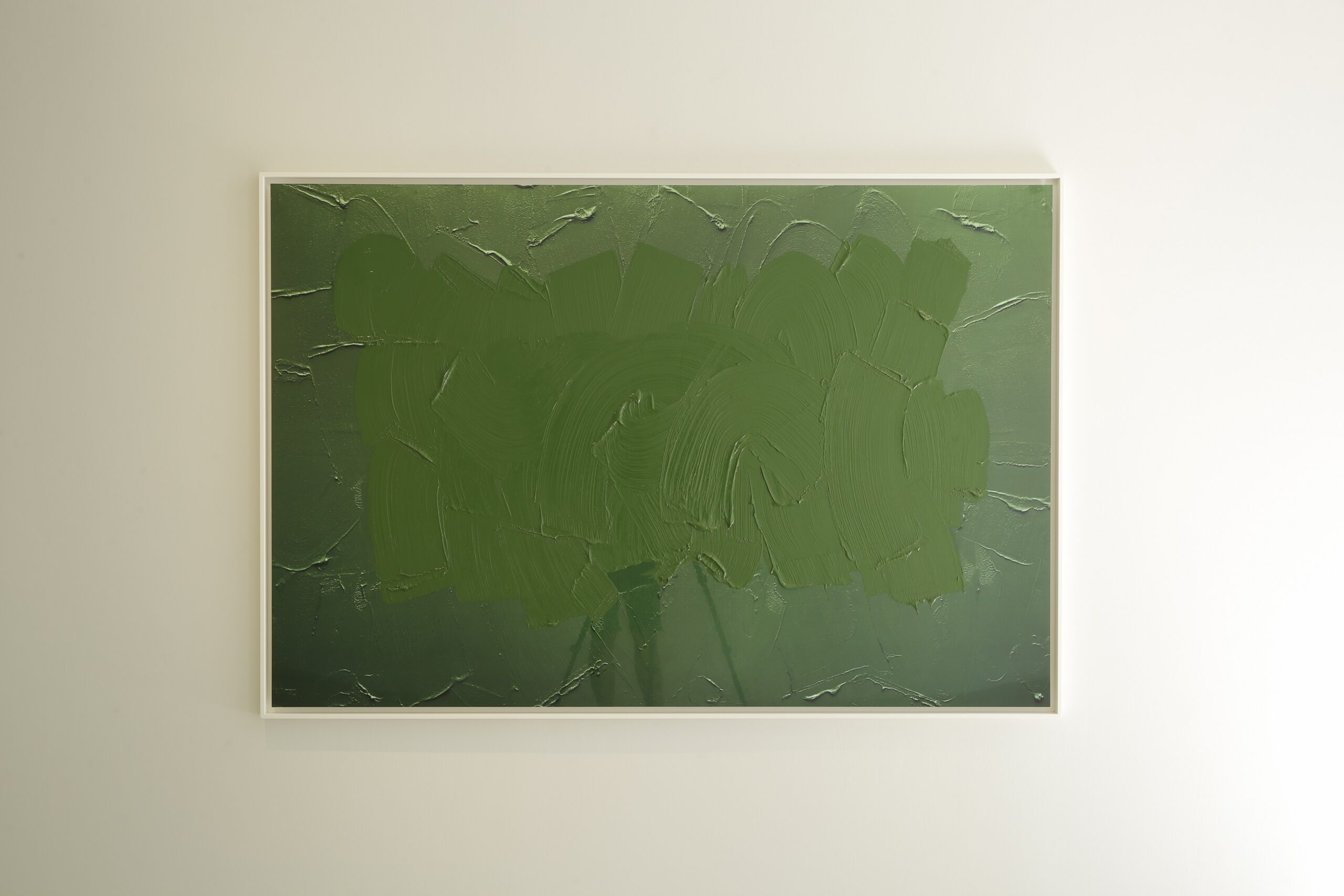
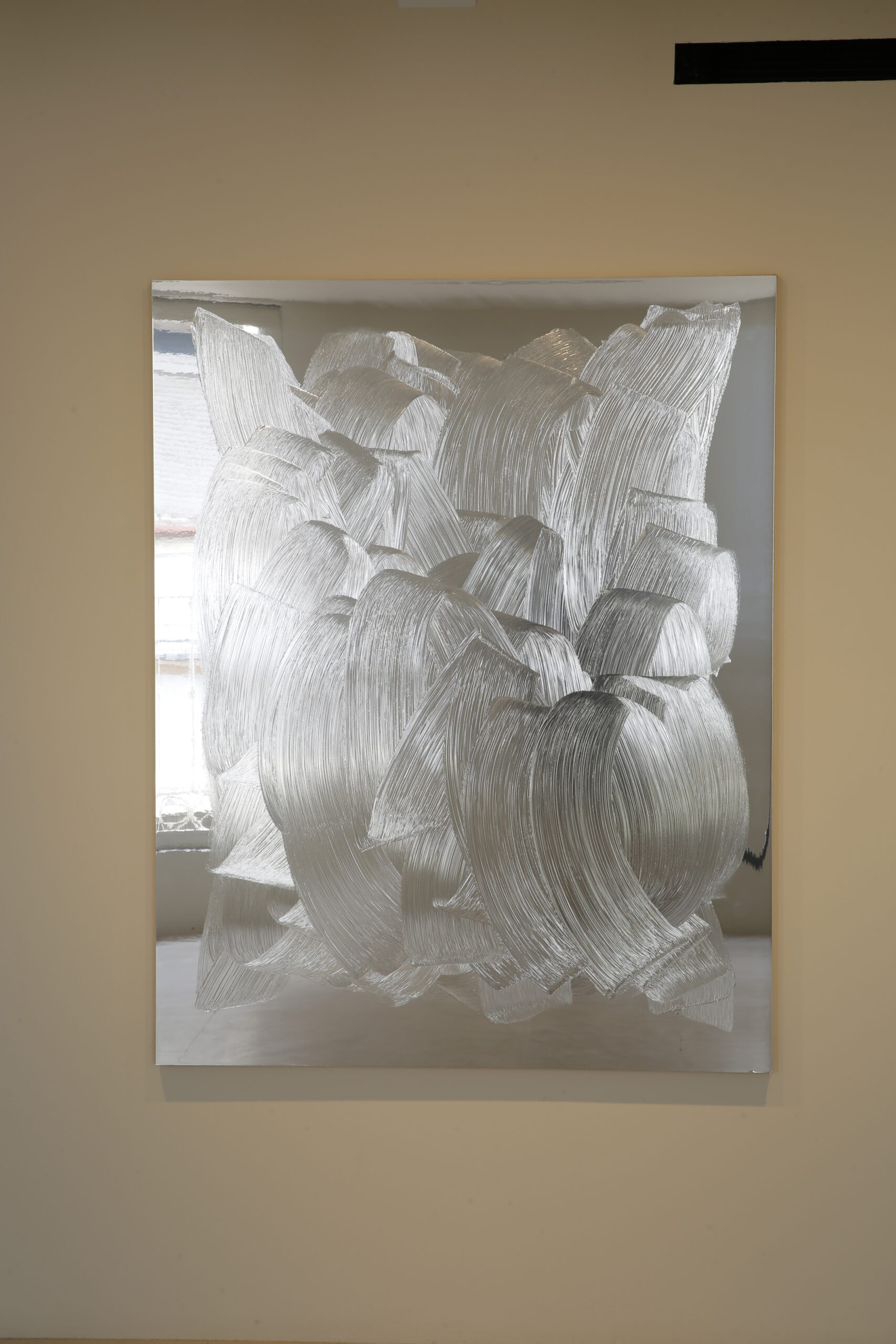
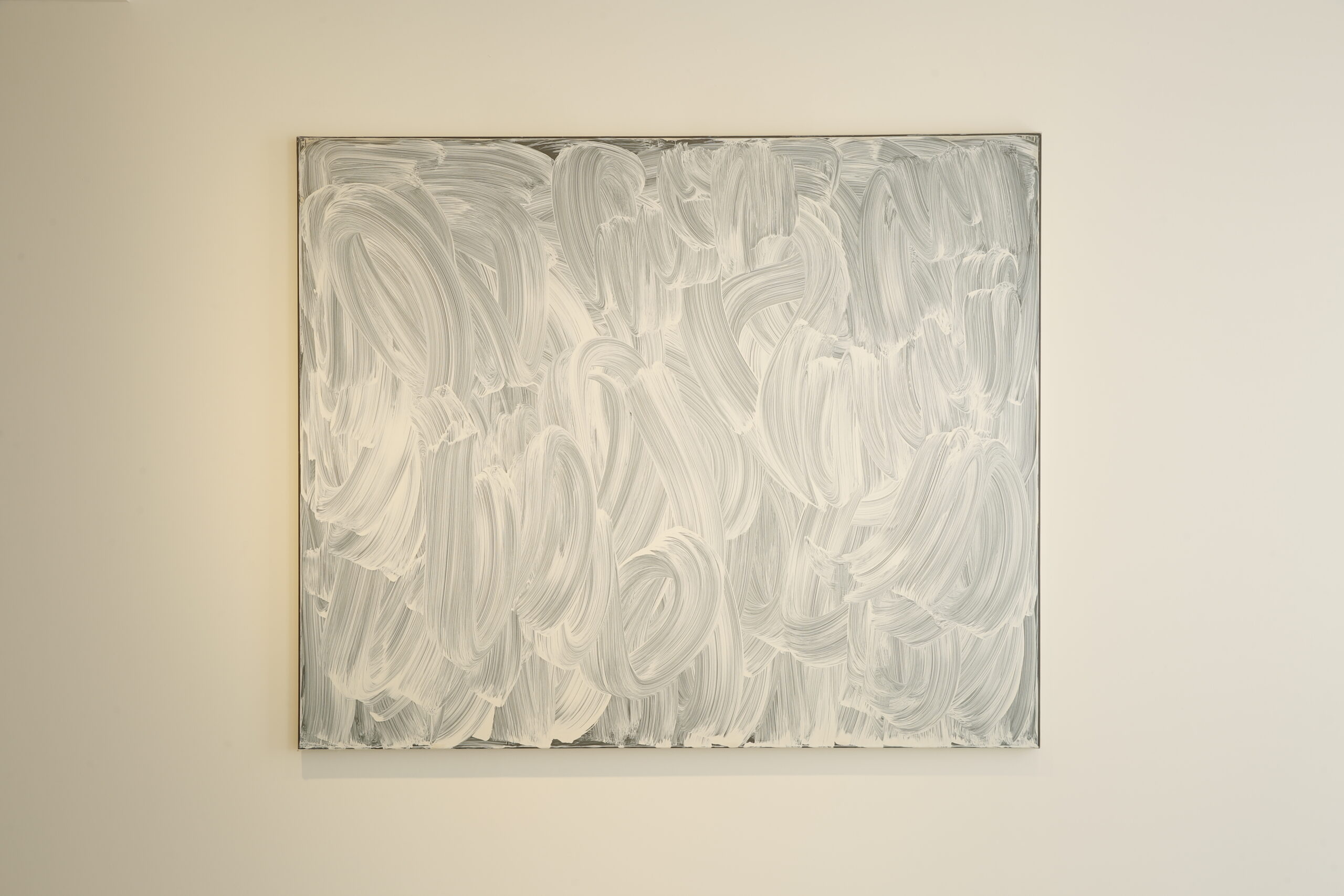
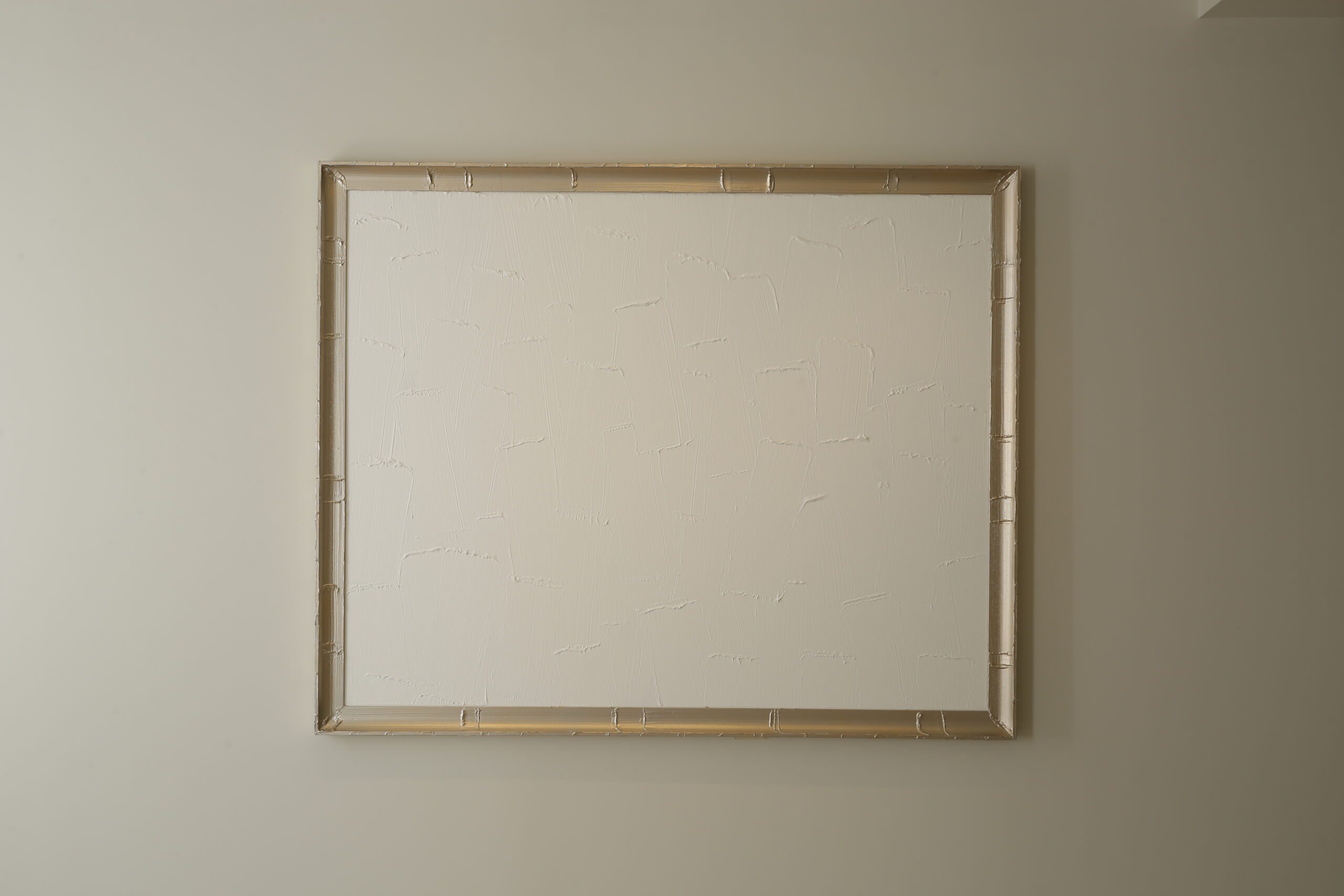
Albarrán Bourdais Gallery held the first exhibition ever in Madrid devoted to the works of French artist Bertrand Lavier (Châtillon-sur-Seine, France, 1949). Together with Daniel Buren, Christian Boltanski and Annette Messager, Bertrand Lavier is one of the pillars of contemporary art in France.
Since the early 1970s, Lavier has worked within the vein of a critical extension of Marcel Duchamp and the Nouveaux Réalistes. By taking everyday objects, and modifying or hybridizing them, the artist explores the status of art from a position of irony. By eliminating the original context of the objects, he creates ambiguity and mixes genres, principles and materials, to test our intellectual assumptions and alter our most engrained visual and aesthetic patterns.One of his methods, for example, is to cover everyday objects with a coat of paint, thus converting them into the painted image of themselves. The representation of this reality emerges only once the original object has been obscured. Another method he uses is to combine two different and apparently unrelated objects, but which have a hidden, personal connection laced with humor.
These ideas are apparent in his vitrines, which he began creating in the 1990s and are works that deliberately confuse technique and support: a mirror blurred at its center with brushstrokes of a translucent material in Régas (2018), or a photograph covered in paint, as in Oxyde green (2019). Two panels with juxtaposed shades of green, or the intervention installed at the end of the Jorge Juan alley—a photograph of his work entitled La Bocca/Zanker (2005) in which, in a play on semantics, the artist placed on top a Zanker-brand freezer, a sofa made by the Italian designers Studio 65 based on a sofa Salvador Dalí had imagined in 1935 as an homage to Mae West’s lips, itself inspired by a painting by Man Ray. The titles of his works are therefore also inseparable from the whole and crucial to comprehension.
One could say that Lavier’s work is a continuous play on different techniques, the reinterpretation of art history and contemporary history, and questions the viewer, perception and our convictions on what stands before our eyes, leading to a broad range of references hidden beneath the materiality of his work.
